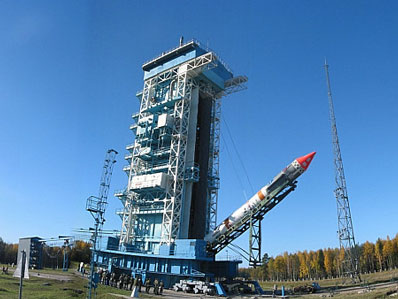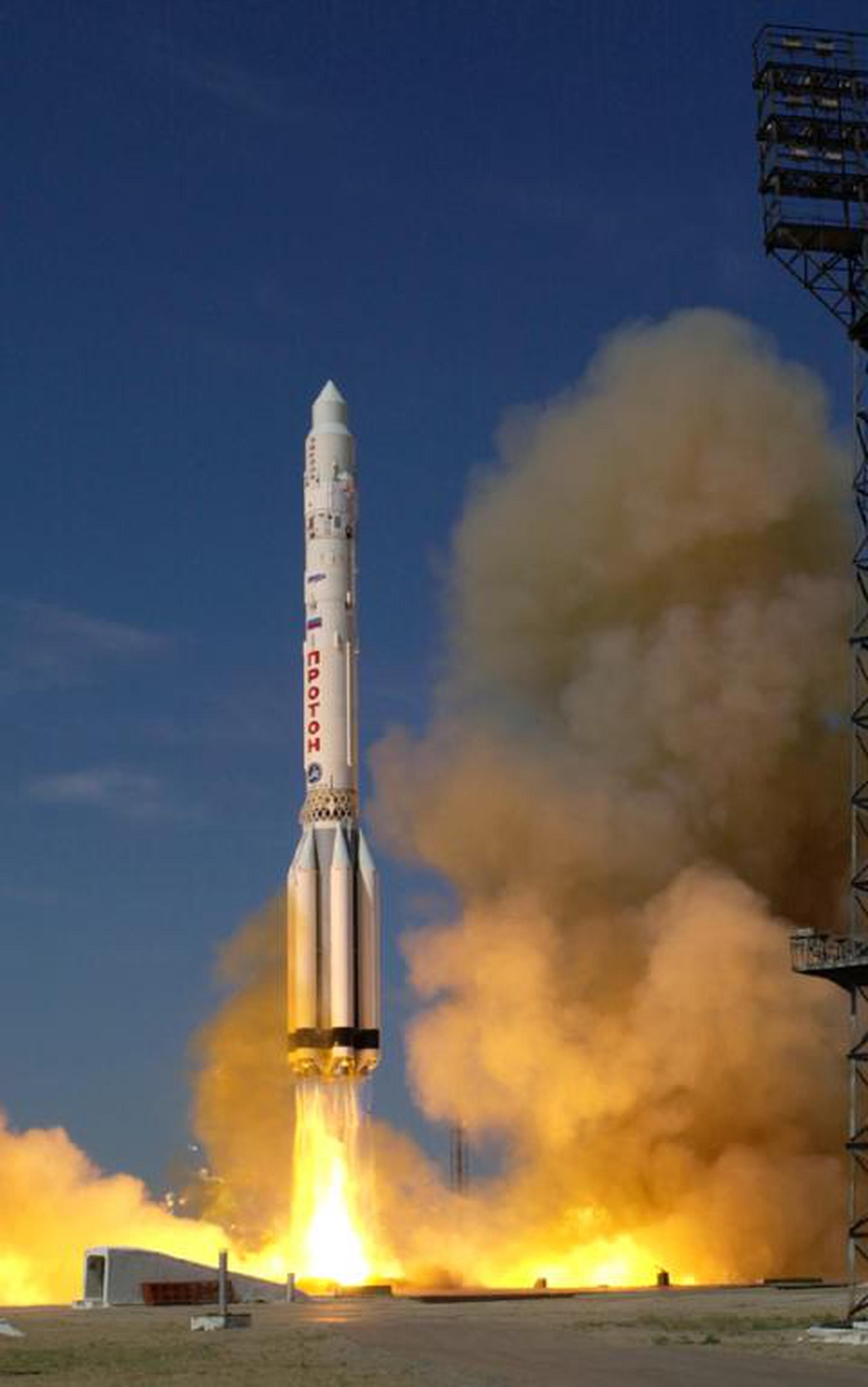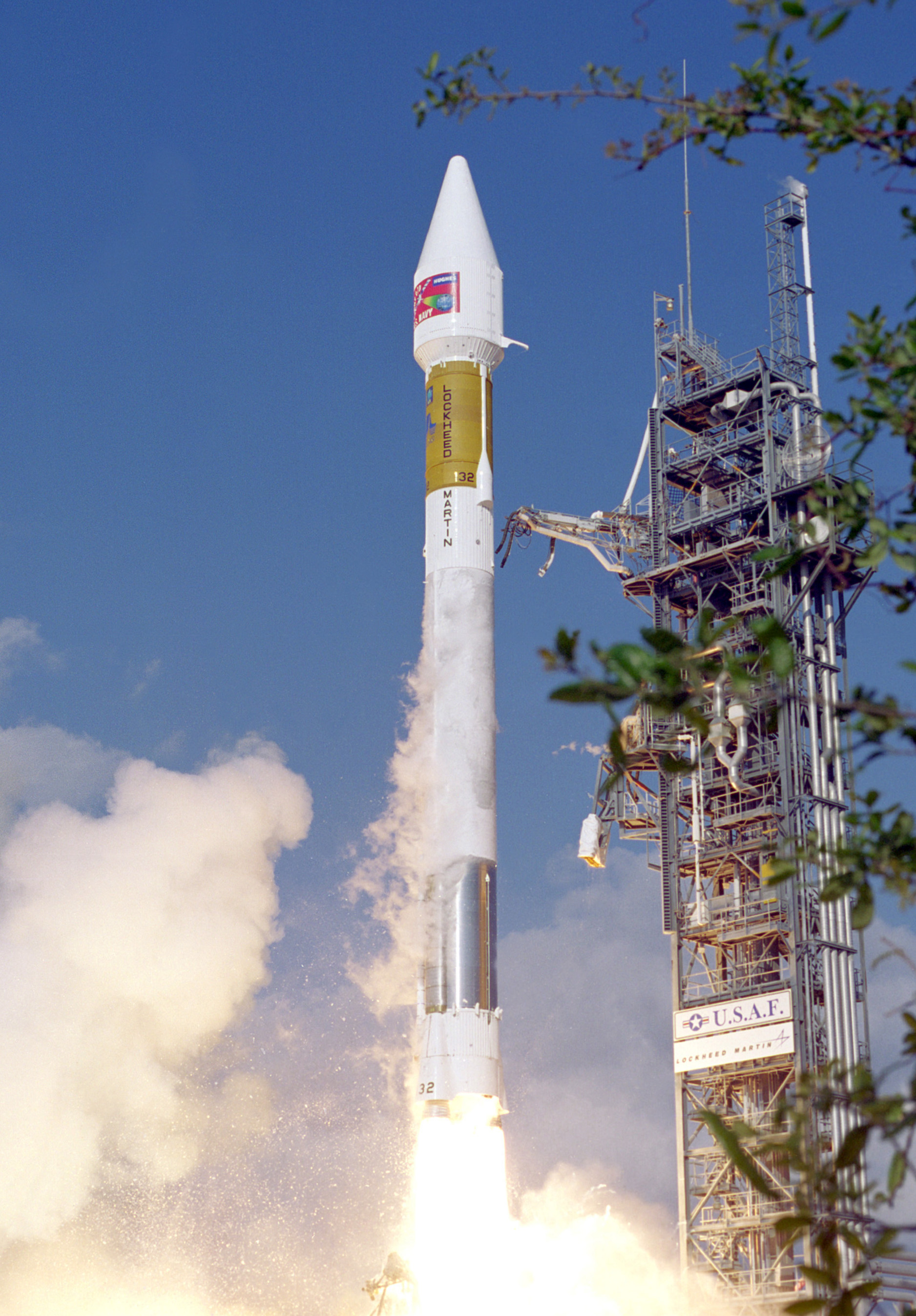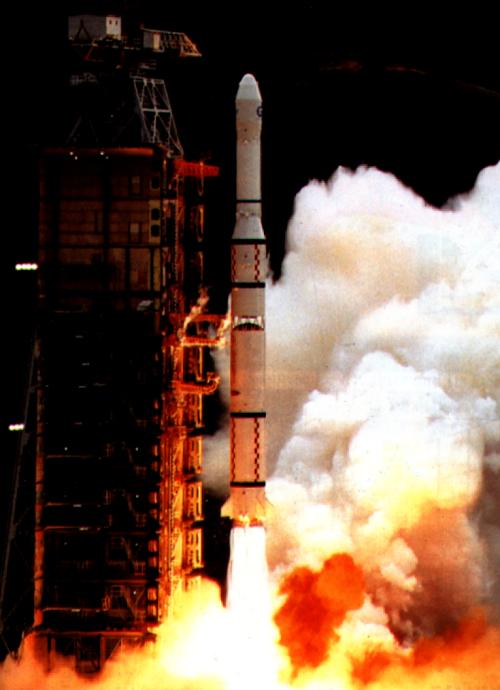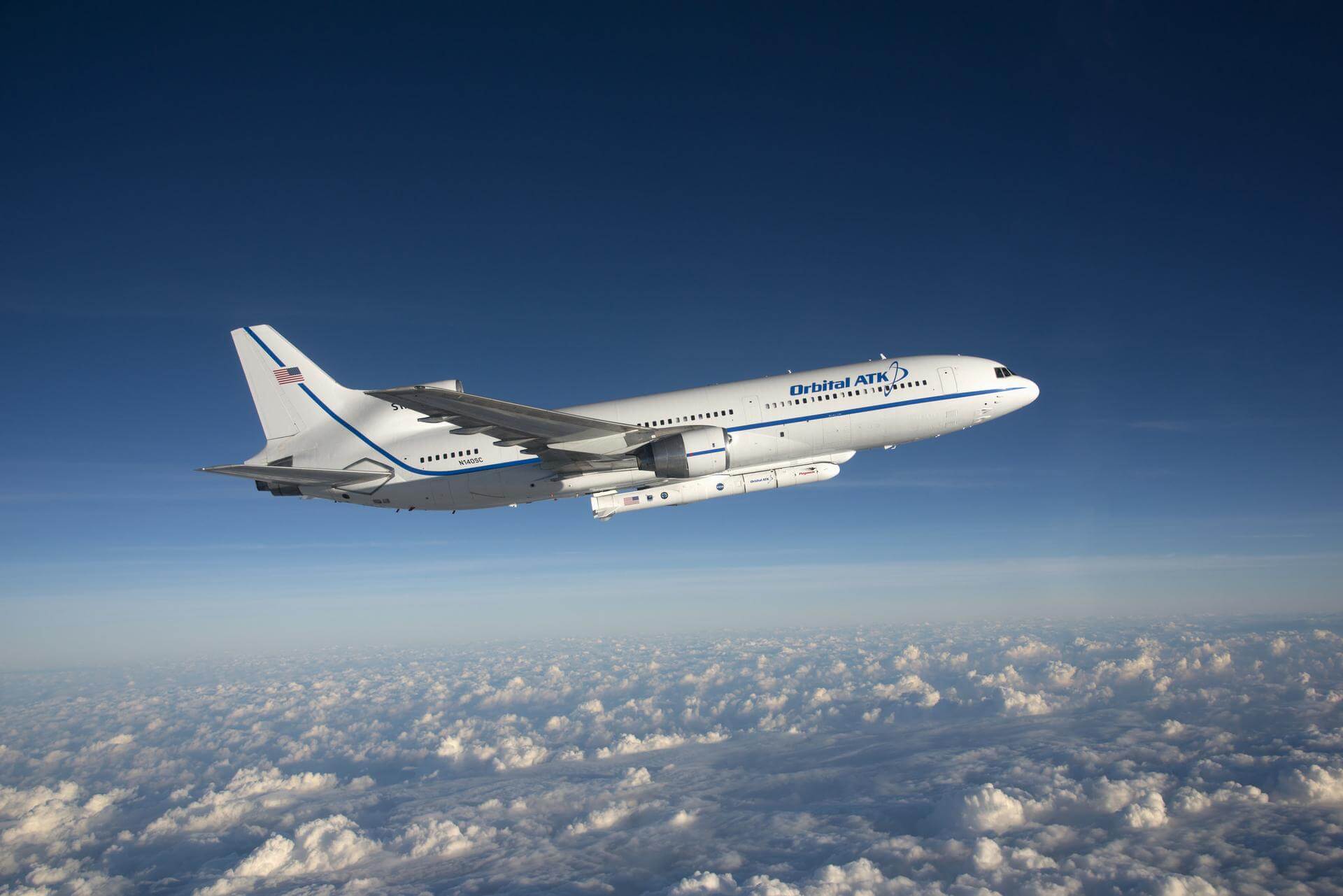Previous Spaceflight Launches
Filter by Agency, Locations or Vehicles
Show All LaunchesKosmos-3M | CHAMP & MITA
Russian Space Forces | RussiaPlesetsk Cosmodrome, Russian Federation
July 15, 2000, noon
Status: Launch Successful
Mission:
CHAMP (Challenging Mini-Satellite Payload) is a German small satellite mission for geoscientific and atmospheric research and applications, managed by GFZ. MITA carries the payload NINA-2 for the study of solar and galactic cosmic rays. The detector used in this mission is identical to the one already flying on the Russian satellite Resurs-O1 4 in a 840 km sunsynchronous orbit, but makes use of the extensive computer and telemetry capabilities of MITA bus to improve the active data acquisition time.
Sun-Synchronous OrbitAtlas IIAS | Echostar VI
Lockheed Martin | United States of AmericaCape Canaveral SFS, FL, USA
July 14, 2000, 5:21 a.m.
Proton | Zvezda
Khrunichev State Research and Production Space Center | RussiaBaikonur Cosmodrome, Republic of Kazakhstan
July 12, 2000, 4:56 a.m.
Status: Launch Successful
Mission:
The Service Module SM (Zvesda, DOS 8 (Dolgovremennaya Orbitalnaya Stanziya 8), 17KSM) was the first fully Russian contribution to the International Space Station and serves as the early cornerstone for the first human habitation of the station.
Low Earth OrbitProton | Potok 10
Khrunichev State Research and Production Space Center | RussiaBaikonur Cosmodrome, Republic of Kazakhstan
July 4, 2000, 11:44 p.m.
Proton-K/DM-2M | Sirius FM-1
Khrunichev State Research and Production Space Center | RussiaBaikonur Cosmodrome, Republic of Kazakhstan
June 30, 2000, 10:08 p.m.
Atlas IIA | TDRS 8
Lockheed Martin | United States of AmericaCape Canaveral SFS, FL, USA
June 30, 2000, 12:56 p.m.
Kosmos-3M | Nadezhda 9
Russian Space Forces | RussiaPlesetsk Cosmodrome, Russian Federation
June 28, 2000, 10:37 a.m.
Long March 3 | Feng Yun 2B
China Aerospace Science and Technology Corporation | ChinaXichang Satellite Launch Center, People's Republic of China
June 25, 2000, 11:50 a.m.
Proton-K/DM-2M | Ekspress 3A
Khrunichev State Research and Production Space Center | RussiaBaikonur Cosmodrome, Republic of Kazakhstan
June 24, 2000, 12:28 a.m.
Status: Launch Successful
Mission:
Express-A satellites are designed for operation in the fixed satellite service. Their transponder payloads make it possible to retransmit all types of traffic, including television and radio programming, telephony, data, videoconferencing as well as high-speed Internet.
Geostationary OrbitPegasus XL | Tri-Services Experiments Platform-5 (TSX-5)
Orbital Sciences Corporation | United States of AmericaAir launch to orbit
June 7, 2000, 1:19 p.m.
